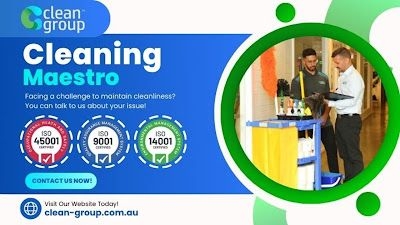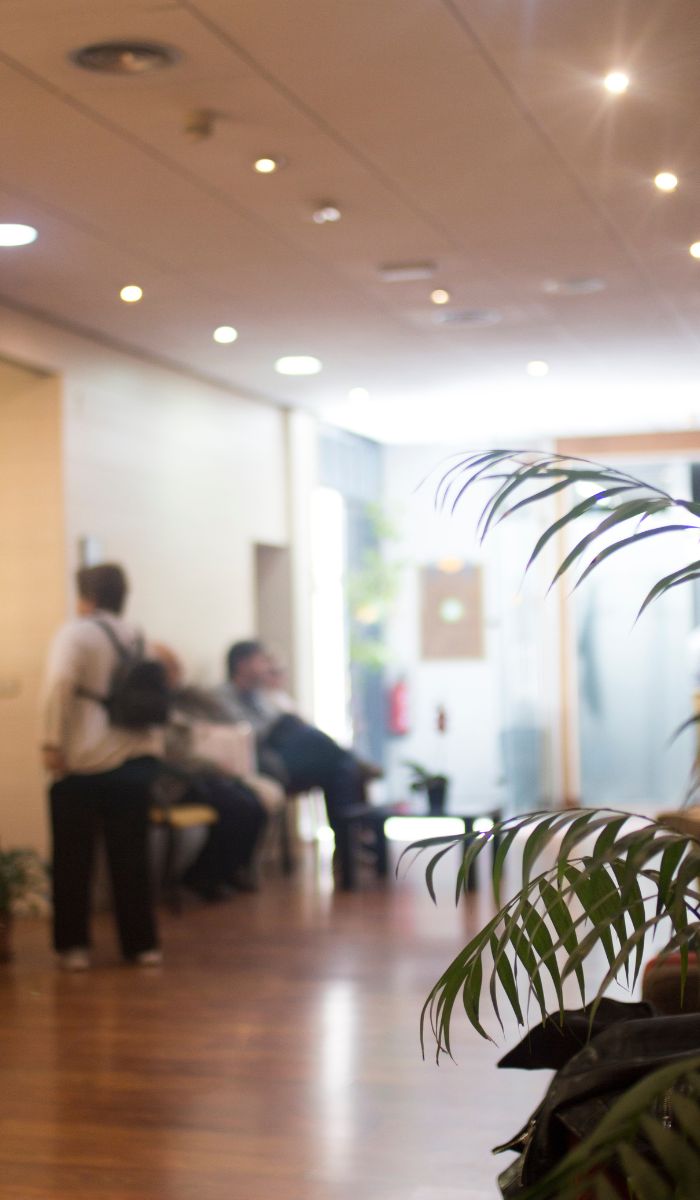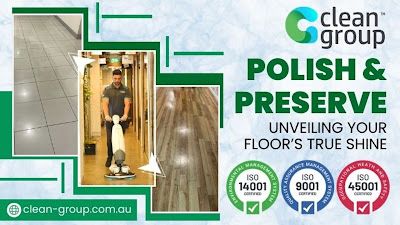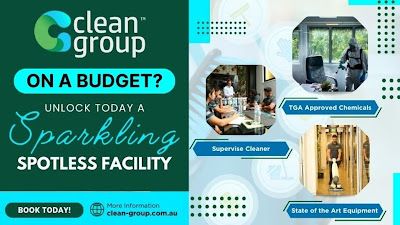
How to Negotiate a Commercial Cleaning Contract
Why You Should Avoid Hazardous Chemicals in Office Cleaning
Similarly, the rise of the Internet of Things (IoT) has influenced the cleaning industry by introducing smart cleaning devices that can communicate with other systems and networks. For instance, smart toilets in public restrooms can alert maintenance staff when cleaning is required, reducing the time spent on inspections and ensuring a cleaner, more hygienic environment. Similarly, automated cleaning tools like robotic vacuums can be programmed to follow predetermined cleaning paths and communicate with building management systems to coordinate their operations. Clean Group provides comprehensive and professional Commercial Cleaning Sydney across Sydney, NSW. Our fully insured, trained, and security-verified cleaners ensure your workplace stays spotless and hygienic. Schedule a free onsite quote today—book online or call us at 02 9160 7469. Get your obligation-free commercial cleaning estimate for offices, buildings, and other business spaces in Sydney.. By integrating cleaning processes with smart technology, the industry is improving overall efficiency and creating more sustainable, cost-effective solutions.
Sustainability practices are influencing purchasing and operational decisions in the commercial cleaning industry. Green-certified chemicals, microfiber cleaning systems, reusable tools, and energy-efficient machinery are being widely adopted. Many companies are seeking third-party certifications like Green Seal, LEED, and ISO 14001 to validate their environmental performance and communicate their commitment to clients. These certifications can serve as a competitive differentiator, especially for companies servicing environmentally conscious clients or facilities that must adhere to sustainability reporting requirements. Reducing water usage, lowering chemical runoff, and minimizing waste are now considered essential elements of high-quality commercial cleaning services, not optional features.


